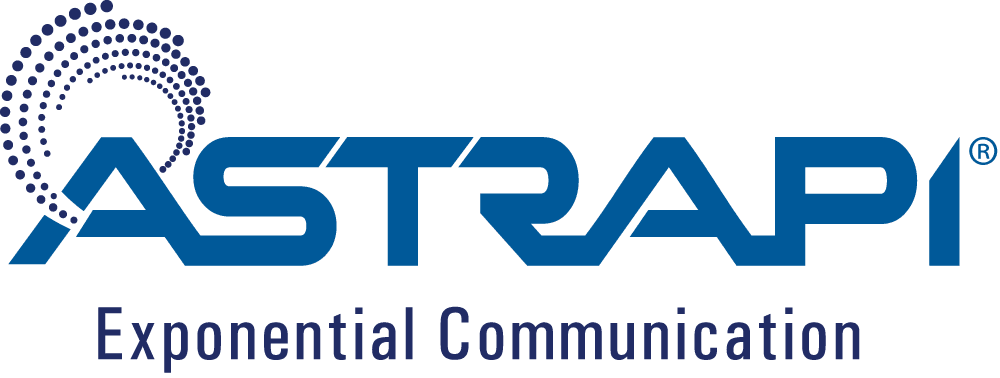Astrapi Technology
Astrapi® technology is based on dramatically increasing spectral efficiency through the transition from periodic to non-periodic signal modulation. The traditional theory of information channel capacity is based on Shannon’s law, which proves that channel capacity is fully determined by the available bandwidth and the signal-to-noise power ratio. However, Shannon’s proof implicitly assumed that signals are built from periodic functions. By extending Shannon’s law to cover bandlimited non-periodic signals, Astrapi proved that it is possible to “trade silicon for spectrum” by using computational power to drive up channel capacity. This is not possible with existing “plain old periodic” signal modulation techniques, which are governed by the original form of Shannon’s law.
Astrapi makes use of a new generalization of Euler’s formula, the foundational mathematics for the telecommunications industry. By extending Euler’s formula from circles to spirals in the complex plane, Astrapi was able to put non-periodic signal modulation on a firm theoretical basis.
The results are several transformative technologies for which Astrapi holds foundational IP:
- Spiral Modulation, a more efficient mode of RF transmission;
- Symbol Waveform Hopping, a way to secure the transmission at the physical layer; and
- Astrapi Spectrum Analyzer, a more sensitive way to measure the power density of spectrum.
